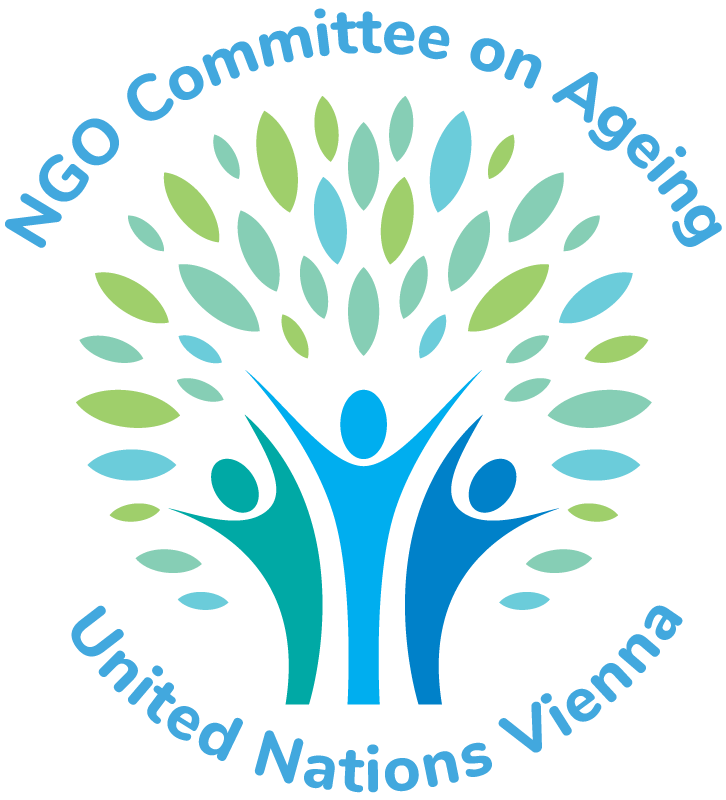CND side event 2025 – organised by the NGO Committe on Ageing
Hazardous Drug Consumption in Advanced Age – The Crux of Polypharmacy
Polypharmacy is often described as the routine use of five or more medications per day. Multiple medication use (polypharmacy) is common among the older population as ageing carries the inherent risk of multimorbidity, that is the presence of two or more long-term health problems. This includes over-the-counter, prescription and/or traditional or complementary medicine used by patients. Although polypharmacy addresses illnesses and can improve and prolong quality of life, the use of multiple medication contains major risk factors, such as unwanted drug events like drug-drug and drug-disease interactions. That may eventually lead to premature death. Patients over 65, particularly those living in care homes, are most vulnerable. Therefore, reviewing patients’ medication lists are mandatory to reduce hospital and emergency department visits. Raising awareness of the problematic and providing sound information to the medical professions and also to patients is of paramount importance.
As an example: In Germany, around 42% of people over the age of 65 take five or more prescription drugs a day, according to the Federal Association of German Pharmacists in 2024. Globally, preventable medication-related harm is 5% (1 in 20 patients), the WHO says. It is estimated that a total of 18 billion US dollars in expenditures could be avoided by managing polypharmacy properly.
The use of evidence-based approaches in reviewing multiple medication use or polypharmacy is benefitting patients, carers and family members and is eventually an important factor in avoiding unnecessary expenses and thus a key contribution for safeguarding health systems.
Watch the recording of the Side Event here:
Thomas Frühwald
Polypharmacy – A Geriatric Perspective
Shelley Sternberg
Polypharmacy in Israeli older adults: A geriatrician’s perspective
Katharina Kieslich
The (Health) Economic Perspective



